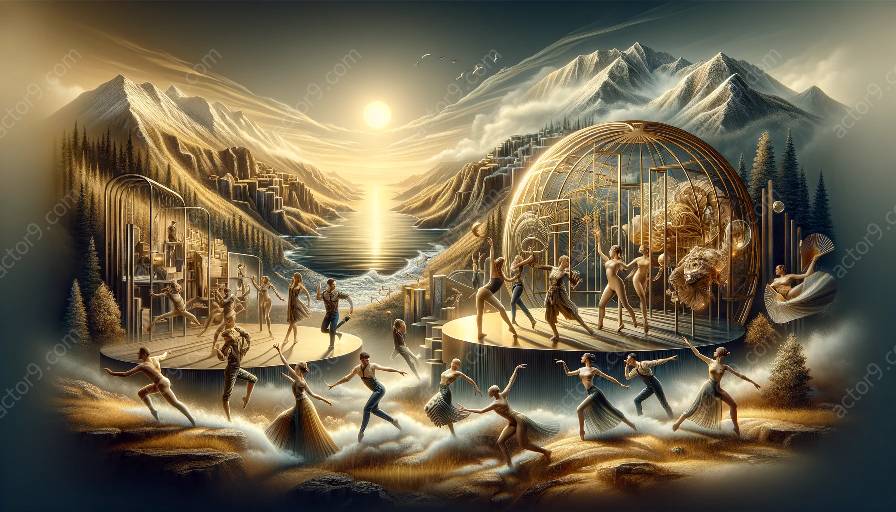Physical theatre is an art form that uses the body as the primary means of expression to convey a story or an idea. Its origins can be traced back to ancient theatrical traditions where storytelling was often a central component of performance. As such, physical theatre has a close relationship with storytelling traditions from around the world, drawing inspiration from diverse cultural narratives and performance practices.
Understanding Physical Theatre
Before delving into the relationship between physical theatre and storytelling traditions, it is essential to have a thorough understanding of physical theatre itself. Physical theatre encompasses a wide range of performance styles that emphasize movement, gesture, and physicality as the primary modes of communication. Unlike traditional forms of theatre that rely heavily on dialogue and spoken language, physical theatre places a strong emphasis on the visual and visceral aspects of performance. This emphasis on non-verbal communication allows physical theatre to transcend linguistic and cultural barriers, making it a powerful medium for conveying universal themes and emotions.
Techniques in Physical Theatre
In order to effectively convey narratives and evoke emotions through physicality, practitioners of physical theatre employ a variety of techniques. These may include mime, dance, acrobatics, mask work, and improvisation, among others. Each technique serves as a tool for performers to embody characters, convey plot developments, and engage audiences on a sensory level. By mastering these techniques, physical theatre practitioners are able to create dynamic and compelling performances that blur the boundaries between the narrative and the physical expression.
Impact of Physicality on Storytelling
The relationship between physical theatre and storytelling traditions is not one-sided. While physical theatre draws inspiration from storytelling traditions, it also exerts a significant influence on the evolution of these traditions. Through the integration of physicality, storytelling traditions are revitalized and revitalized, infusing them with a renewed sense of immediacy, dynamism, and relevance.
Global Influences on Physical Theatre
Physical theatre has evolved in response to a myriad of cultural influences and storytelling traditions from around the world. For instance, practitioners of physical theatre often draw inspiration from the expressive movement forms of Asian theatre such as Kabuki and Kathakali, the ritualistic performance practices of African tribal cultures, the comedia dell'arte of Renaissance Italy, and the physical storytelling traditions of indigenous communities. By assimilating these diverse influences, physical theatre not only enriches its own repertoire of techniques but also fosters cross-cultural exchange and understanding.
Embracing Diversity in Physical Theatre
As physical theatre continues to evolve, contemporary practitioners are increasingly cognizant of the importance of honoring and integrating diverse storytelling traditions into their practice. This inclusivity not only expands the artistic vocabulary of physical theatre but also fosters a deeper appreciation for the rich tapestry of global narratives and performance styles.
In conclusion, the relationship between physical theatre and storytelling traditions from around the world is characterized by a profound interdependence and mutual enrichment. As practitioners harness techniques in physical theatre to embody narratives and engage audiences on a visceral level, they draw inspiration from diverse storytelling traditions to infuse their performances with depth and cultural resonance. This dynamic interplay between physicality and storytelling traditions underscores the enduring relevance and universal appeal of physical theatre as a transformative mode of artistic expression.




































